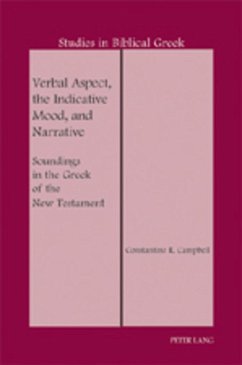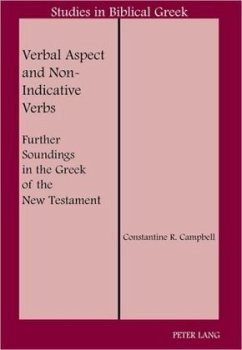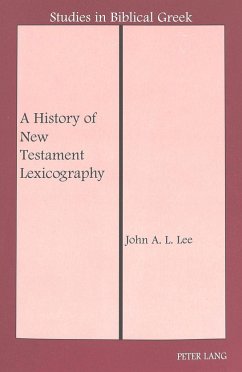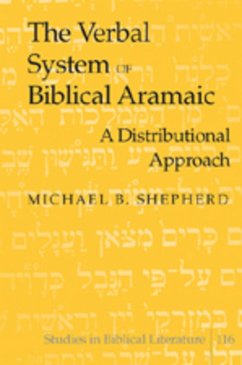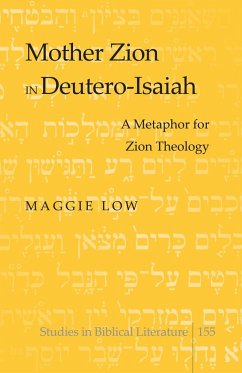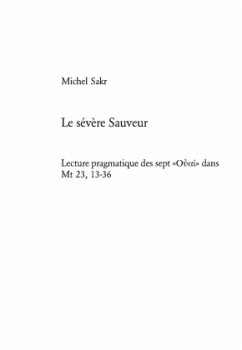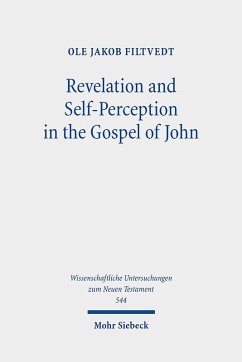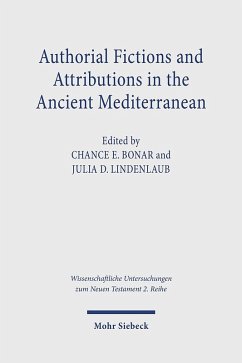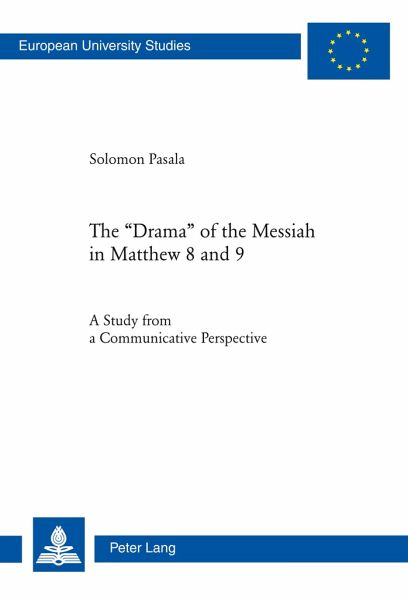
The 'Drama' of the Messiah in Matthew 8 and 9
A Study from a Communicative Perspective
Versandkostenfrei!
Versandfertig in 6-10 Tagen
94,95 €
inkl. MwSt.

PAYBACK Punkte
0 °P sammeln!
In contrast to the other synoptic evangelists the author of Matthew proceeded differently in many respects. Why did he modify the text so much and arrange ten miracle narratives one after the other at one stretch with minor interruptions? Why did he place the so-called "miracle chapters" immediately after the Sermon on the Mount. Why did he enclose them between two summary statements on either side? These are only some of the unanswered questions about chapters 8 and 9 of Matthew's Gospel.Beginning with Aristotle's theory of the drama or tragedy, the author suggests that the way the evangelist...
In contrast to the other synoptic evangelists the author of Matthew proceeded differently in many respects. Why did he modify the text so much and arrange ten miracle narratives one after the other at one stretch with minor interruptions? Why did he place the so-called "miracle chapters" immediately after the Sermon on the Mount. Why did he enclose them between two summary statements on either side? These are only some of the unanswered questions about chapters 8 and 9 of Matthew's Gospel.
Beginning with Aristotle's theory of the drama or tragedy, the author suggests that the way the evangelist has reworked and reorganized the miracle narratives is similar to the structure of the classic drama. By discovering the narrative strategies and the discourse aspect, we are able to demonstrate how each episode corresponds to the different moments of a plot such as the initial situation, inciting moment, complication, climax with suspense and finally resolution and denouement.
Beginning with Aristotle's theory of the drama or tragedy, the author suggests that the way the evangelist has reworked and reorganized the miracle narratives is similar to the structure of the classic drama. By discovering the narrative strategies and the discourse aspect, we are able to demonstrate how each episode corresponds to the different moments of a plot such as the initial situation, inciting moment, complication, climax with suspense and finally resolution and denouement.






